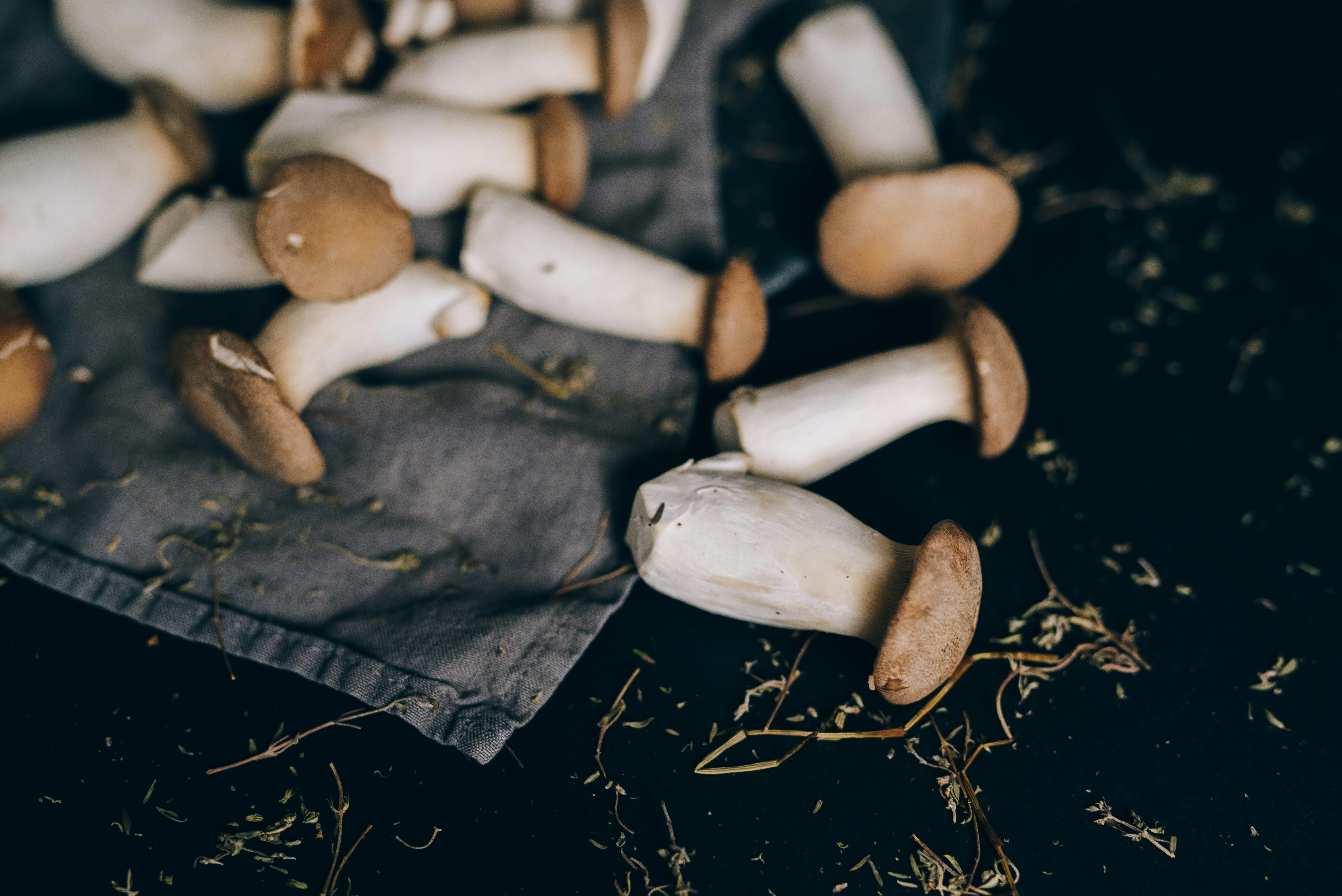
Effective Ways to Repel Wasps in 2025: Discover Smart Strategies for a Wasp-Free Summer!
The arrival of summer brings a sense of joy as families venture into their backyards for picnics, barbecues, and other outdoor celebrations. However, it also ushers in the season of wasps, which can quickly turn pleasant gatherings into uncomfortable experiences. Understanding how to repel wasps naturally and effectively is essential for maintaining a peaceful outdoor environment. From homemade wasp traps to essential oils and cleaning tips, we explore various strategies to keep these pests at bay.
Wasps play an important role in our ecosystem, but their presence around human activities can lead to unpleasant encounters, including painful stings. This article aims to provide practical methods for preventing wasp infestations and reducing the risk of stings, ensuring a more enjoyable summer for you and your loved ones. You'll learn about the behavior and nesting habits of wasps, explore DIY repellents, and discover expert recommendations for creating a wasp-free zone.
Get ready to enjoy warm weather without wasp worries by reading on for a comprehensive guide to effective wasp repellents, including using natural deterrents, crafting homemade traps, and understanding the seasonal activity of these pests.
Understanding Wasp Behavior and Nesting Habits
Before employing methods to repel wasps, it’s essential to understand their behavior and nesting habits. Wasps are social insects that build colonies, often making nests in sheltered areas like eaves, attics, or trees. These nests can contain thousands of wasps, particularly in late summer when their activity peaks.
When you know where wasps are likely to establish their homes, you can take proactive measures to avoid being on the receiving end of their aggressive behavior. Identifying wasp nests early on can prevent unfortunate encounters during outdoor activities. Regular checks around your property for signs of nesting—such as small, papery structures or increased wasp activity—can help mitigate potential issues later.
Mating and Colony Formation
In spring, newly emerged queens look for suitable locations to build nests, often selecting hidden areas near reliable food sources. The lifecycle of a wasp colony consists of stages: mating, nest establishment, and then expanding the colony with worker wasps. Understanding this process will aid you in timing your preventive measures effectively.
Peak Activity Seasons
The peak of wasp activity generally occurs in late summer when colonies are at their largest. This is when wasps become more aggressive, particularly when their resources are threatened. Knowing this timeline allows you to implement preventive measures in spring and early summer, reducing the likelihood of encounters as the season progresses.
Warning Signs of Wasp Presence
Indicators of wasp presence include frequent sightings of wasps near food sources or visible nests in areas like your garden or roof eaves. If you notice these signs, addressing them swiftly can help manage their populations before they lead to troublesome situations.
Common Food Sources for Wasps
Wasps are attracted to sugary and protein-rich food sources often found during outdoor cookouts and picnics. Keeping food covered and cleaning up spills promptly can significantly reduce wasps' attraction. Homemade wasp traps can also effectively target wasps before they reach your food.
Building on these fundamentals about wasp behavior, we can now explore various strategies for repelling these insects naturally, including homemade solutions and engaging natural deterrents.
DIY Wasp Repellents and Traps
Utilizing homemade wasp traps and natural repellents can significantly reduce wasp activity around your home without reliance on harmful chemical sprays. These DIY solutions are eco-friendly and safe for your family.
Effective Homemade Wasp Traps
One of the most effective methods for managing wasp populations is the use of homemade wasp traps. A simple trap can be crafted using materials like plastic bottles and sugary bait. To make a basic trap, cut the top off a plastic bottle and invert it into the bottom half, creating an opening for wasps to enter but not exit. Fill with a mixture of sugar water and fruit juices to attract them. Place these traps around your outdoor space away from human activities.
Natural Ingredients for Repellents
Many household items can serve as effective natural wasp repellents. For instance, vinegar is a natural deterrent due to its strong smell, which wasps find unpleasant. A mixture of vinegar and water can create a spray to apply around outdoor living spaces. Essential oils also provide an excellent alternative; peppermint oil for wasps, for example, can be blended with a carrier oil and sprayed around your patio to establish a wasp-free zone.
Using Citrus Scents to Deter Wasps
Citrus scents are another effective method in your arsenal for repelling wasps. The aroma of lemons and oranges is known to deter these pests. Consider placing citrus peels in areas where wasps are likely to appear or using citrus-scented candles to create an environment less hospitable to them.
Expert Tips for DIY Solutions
In crafting your wasp traps and repellents, remember to place them strategically. Locate traps away from high-traffic areas to avoid attracting wasps closer to where people gather. Additionally, ensure frequent monitoring and refilling of bait to maintain effectiveness. Community awareness about wasps and sharing these methods can enhance neighborhood safety during outdoor seasons.
With effective DIY methods established, let's delve into commercial options and their advantages for managing wasp populations around your home.
Commercial Wasp Repellents and Solutions
Although homemade options are efficient, commercial wasp repellents offer additional solutions, especially for larger infestations. Understanding the advantages of these products can help in selecting the best strategy for your needs.
Top Commercial Wasp Sprays
Numerous commercial wasp sprays are available that provide immediate results. These sprays often contain chemicals designed to neutralize wasps on contact. When using these products, ensure to follow safety instructions carefully and apply at dusk or dawn when wasps are less active to maximize effectiveness.
Professional Wasp Extermination Services
In cases of significant infestations, seeking professional extermination services may be advisable. Certified pest control teams can safely remove wasp nests and provide ongoing prevention strategies tailored to your specific needs. Community initiatives can be beneficial in managing wasp populations over wider areas.
Choosing the Right Wasp Control Products
When selecting commercial products, consider the potential environmental impact. Opt for brands that offer eco-friendly solutions, minimizing harm to beneficial insect populations. Choosing integrated pest management products can merge effectiveness with environmental responsibility.
Understanding Wasp Control Products
Many commercial repellents are insecticides, which can vary in effectiveness based on brand and formulation. It’s crucial to understand the active ingredients and their potential impact on your property. Before committing, consider reading product reviews and expert recommendations to ensure you select the best solution for your requirements.
Now that we have discussed both DIY and commercial strategies for wasp management, it's vital to tie these methods together with preventative measures that help avoid attracting wasps in the first place.
Prevention: Keeping Wasps at Bay
Prevention is key to maintaining a wasp-free environment throughout summer. Taking proactive steps to deter their presence can drastically reduce the likelihood of stings.
Effective Garden Practices
Certain gardening practices can significantly impact wasp attraction. Avoiding planting flowers known to attract wasps can help keep them away. Instead, focus on planting other flower varieties that attract pollinators without appealing to wasps. Implementing ground cover can also discourage wasps from nesting.
Cleaning and Food Safety Tips
Keeping your outdoor areas clean is vital in preventing wasps. Ensure crumbs from meals are cleaned promptly and that trash is sealed tightly. Using containers that are difficult for wasps to open can help reduce attraction. Keeping picnic areas organized and food stored properly minimizes their interest.
Avoiding Wasp Nests
Understanding where wasps like to build nests can assist in avoidance. Look for potential nesting spots in sheltered outdoor areas such as patios, wood piles, or under deck stairs. Regular inspections can help identify and eliminate suitable nesting locations.
Community Awareness and Collaboration
Encouraging neighborhood cooperation for wasp monitoring can significantly improve wasp awareness in your community. Sharing experiences and tips can create a safer environment. Community initiatives to manage wasp populations effectively can enhance quality of outdoor activities for everyone involved.
With effective prevention measures clarified, it’s time to address common concerns and questions regarding wasp management. By understanding these aspects better, you can tackle wasp problems more effectively.
Frequently Asked Questions (FAQ) about Wasp Control
How can I identify a wasp nest?
Identifying a wasp nest usually involves looking for small, papery structures often located in sheltered spots. Observing the activity of wasps can also help pinpoint their nest location, especially during late afternoon when they tend to be more active.
Are commercial wasp repellents safe to use?
Commercial wasp repellents can vary in safety depending on ingredients used. It’s crucial to read product labels and follow safety guidelines to ensure responsible usage, particularly around children and pets.
What should I do if I get stung by a wasp?
If stung by a wasp, rinse the area with soap and water and apply a cold pack to reduce swelling. Over-the-counter pain relief medication may also help alleviate discomfort. If you experience severe allergic reactions, seek medical attention immediately.
With these strategies and insights, you can effectively reduce the presence of wasps during your outdoor activities, creating a more enjoyable atmosphere for everyone. Remember, integrating multiple methods can yield the best results for a wasp-free summer.

